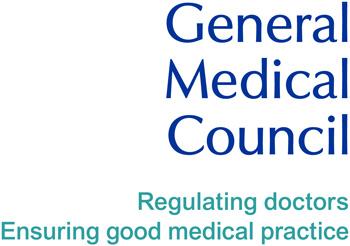From Bratwurst To Botox!
How Did Food Poisoning Lead An Anti-Ageing Revolution? One Of Southampton’s Top Anti-Ageing Clinics Explores The History of Botulinum Toxin
 Did you know Botulinum toxin was named after the humble German sausage? Fact! (Clue… the Latin word for sausage is ‘botulus’). But what’s the connection between Botox and Bratwurst?
Did you know Botulinum toxin was named after the humble German sausage? Fact! (Clue… the Latin word for sausage is ‘botulus’). But what’s the connection between Botox and Bratwurst?
Let’s take a brief look at the history of Botulinum Toxin and explore its various modern-day applications.
Following a dreadful case of food poisoning from a batch of sausages (that’s the connection!), poet and pioneering district medical officer, Justinus Kerner (1786-1862) studied and subsequently published the first accurate and complete descriptions of the symptoms of food-borne botulism.
By extracting the poison and testing on animals and himself, Kerner discovered that the toxin could be used therapeutically. According to the US National Library of Medicine, Kerner’s findings helped to identify and diagnose botulism. However he was unable to identify the poison itself, which remained known as ‘sausage poison’ or ‘fatty poison’ for a further 80 years until 1895.
In 1895, Emile Pierre van Ermengem, Professor of Bacteriology at the University of Ghent discovered the pathogen Botulinum following a nasty food poisoning outbreak at a funeral dinner. He isolated and grew the bacterium and researched its applications.
Fast forward almost a century to the 1970s and early 1980s and Botulinum toxin type A was first used in an official medical context by Dr Alan B Scott, an ophthalmologist in America. Scott was the first practitioner to use an injectable form of Botulinum toxin as a treatment for strabismus (misaligned eyes due to muscle imbalance).
A few years later in 1989, Richard Clark, a plastic surgeon from Sacramento (CA) inadvertently pioneered Botulinum toxin as a cosmetic device. He successfully treated forehead asymmetry caused by a botched facelift with the toxin, noting the anti-ageing effects that we’re familiar with today… a reduction in wrinkles and muscle movement in the forehead.
So, that’s a (very brief) overview of the history of Botulinum toxin. But what are its main uses today?
Anti-Wrinkle Treatments
Botulinum toxin type A is used to treat wrinkles in the forehead, around the eyes and cheeks. Dr Chris’ anti-wrinkle treatment takes between 15-30 minutes and its effects visible in around two weeks, lasting for four-six months after each treatment. Book a consultation with Dr Chris and he will discuss the full range of anti-wrinkle treatments which we offer at CJA, including dermal fillers, microneedling and PRP therapy.
Nefertiti Lift & Neck Rejuvenation
The Nefertiti lift rejuvenates and tightens the jawline. Clients experience a long-lasting (four-six months) lift comparable to surgery but without the expense and recovery time. Neck rejuvenation softens wrinkles in the neck and treats platysmal bands (horizontal neck creases).
Décolletage Improvements
Dr Chris uses Botulinum toxin to treat ageing in the Décolletage (cleavage area).
Excessive Sweating
Did you know that Botulinum toxin is an effective treatment for sweating? Also known as hyperhidrosis treatment, Dr Chris uses Botulinum toxin to treat excess sweating in the hairline, hands, feet and underarms. (Always consult your doctor about hyperhidrosis, to get a full diagnosis and find out about the range of treatment options available.)
Teeth Grinding and Square Jaw
Teeth grinding, especially when asleep can contribute to tension headaches and dental problems. Dr Chris treats the muscles responsible for teeth grinding with Botulinum toxin type A. (Always consult your dentist and/ or doctor about bruxism – teeth grinding – to get full diagnosis and find out about the range of treatment options available.)
Migraines
A series of injection points in the face, head, neck and back are targeted with Botulinum toxin type A. This relieves chronic migraine and headaches for up to six months after each treatment. (Always consult your doctor about migraines, to get a full diagnosis and find out about the range of treatment options available.)

